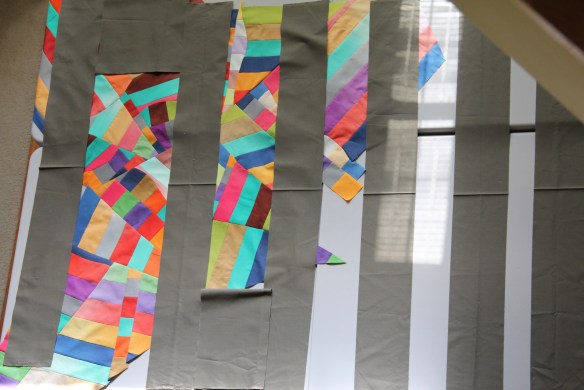 You’ll find no shortage of social media out there: Facebook, Instagram, Pinterest, Twitter. Every single one of them is loaded to the brim with lively “inspiration.”
You’ll find no shortage of social media out there: Facebook, Instagram, Pinterest, Twitter. Every single one of them is loaded to the brim with lively “inspiration.”
People tell me, “It’s where I go to get good ideas.”
Yet, social media is a double-edged sword. So many things come our way to discourage us on our way to creativity and inspiration.
Short list of inspiration-killers:
–Someone will always be better than you at whatever it is you want to pursue. They have more time, more money, more resources, more experience, or more years of life ahead of them. And let’s face it, they often have better ideas.
–You’ll waste time on social media. Yes, you will see pretty things. But you are more likely to get discouraged than to be inspired. It’s the nature of the beast. (By the way, that’s also the reason that new studies are showing that the more time kids spend glued to their phone, the more likely they are to become suicidal. This is especially true for teenage girls. Don’t think adults are so very different.)
–Life gets in the way. We’re busy and pre-occupied with raising our children, working, caring for other family members, getting side-tracked by every day chores, like home repairs, grocery shopping, health issues (our own or that of loved ones.)
So what can we do?
Some ideas:
- Take a walk in nature. Get to the woods, the trees, a botannical garden, your own backyard, a local forest preserve, any place not overly occupied by humans. Notice the birds, and the other tiny things. The change from flower to seed, the turning of the seasons, the smell of the air, the sky on any given day. Listen. Is wind rustling? Which birds do you hear? Are you near water? Crashing waves or trickling creek? Is it starting to freeze? What patterns do you see?

2. Visit some place new. Extensive travel to other countries is fantastic, but we’re not all willing and able to do that. I recently drove a half hour from home to a tiny shop that sells Polish Pottery. I’d never been there. The owner was a bubbly young lady, and had just moved into a new building. The shelves were filled with bright, cheerful pottery, hand made by women an ocean away. Lovely.
3. Learn something new. This could mean anything for you. Attend an exhibit. Take a class at the local community college or park district. Or easier yet, read a book. I recently saw a statistic that said that 30% of college graduates never read another book once they finish school. 80% of families have not purchased or read a book in the past year. How is this even possible? I’m not entirely sure I believe the statistics but the trend is discouraging. We already know that reading books makes people more empathetic. Where are we headed?
A book suggestion to get you started: Leonardo Da Vinci by Walter Isaacson.
It’s a peak into his journals and famous works, as you also travel through life with someone totally committed to his art. Think you already know everything about him? I bet you don’t. Some of his geometric studies would make fantastic quilt patterns. Granted, he lived in a time when diversity, architecture, aesthetics, craftsmanship, and great art were all honored and appreciated at the highest levels of society.
Let us recommit ourselves to advancing the arts, in ourselves and in our society. Get out into real life. Experiment. Enjoy a visual and auditory feast.
And step away from social media for just a bit. It will be there when you come back.
I promise.










































